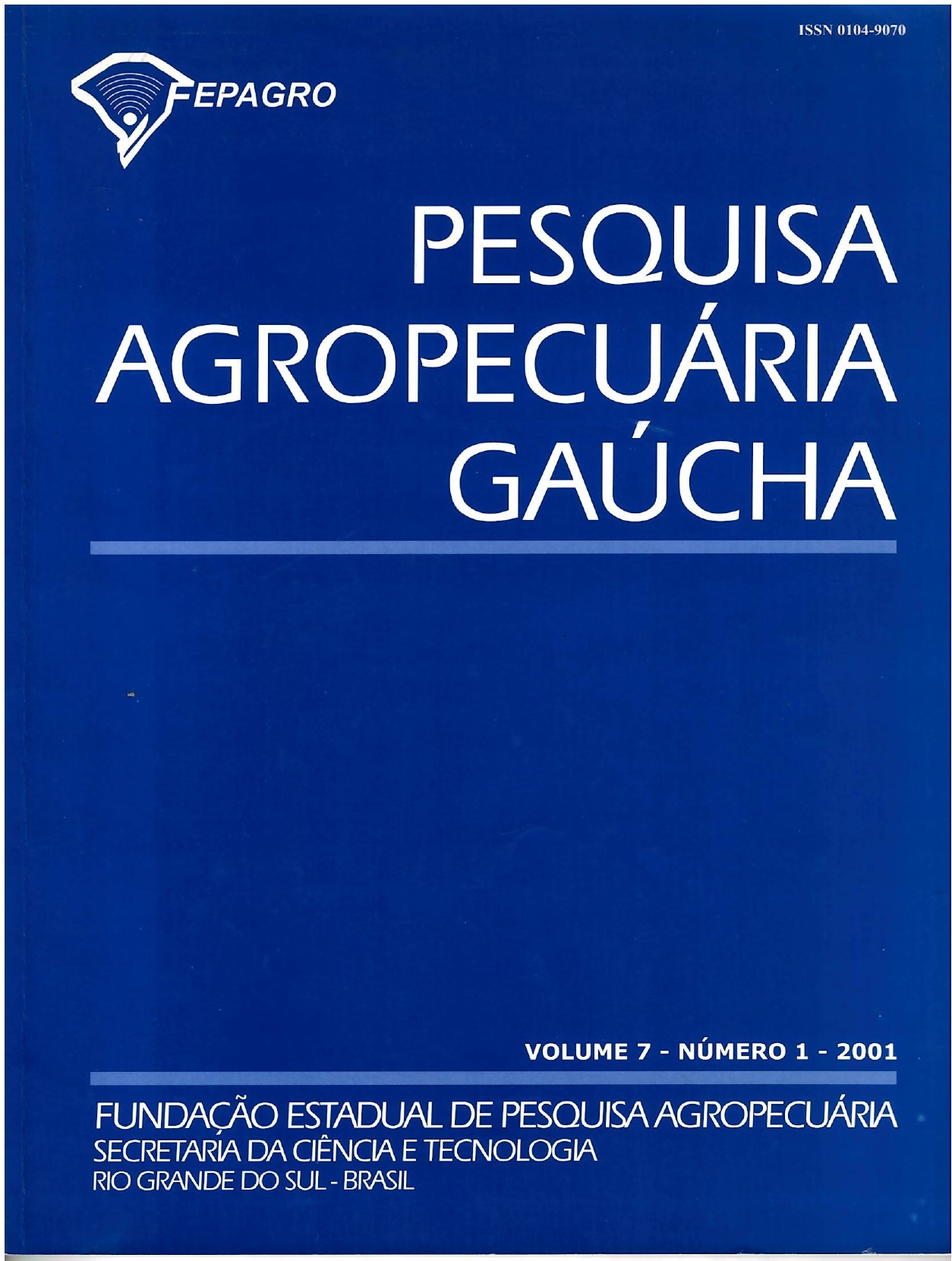EFFEÇTS OF WINTER CROPS AND ROTATION SYSTEMS ON SOYBEAN GROWN UNDER NO-TILLAGE
Abstract
Trials were conducted in field conditions in Passo Fundo (1984/89) and in Coxilha (1996/97), RS, and in Guarapuava (1984/90 e 1990/94), PR, Brazil, to study the effects of winter crop residues on soybean grown in succession, under no-till system. Winter crops were white oats knife rolled for mulching purposes, white oats, barley, rapeseed, flax, and wheat for grain yield. In these cropping systems, soybean was grown in the summer in monoculture and in rotation with com and pearl millet. A randomized complete block design with four replications was uséd. Soybean grown after flax and rape showed lower yields and lower plant heights than soybean after barley and wheat. Yields of soybean grown in monoculture were in intermediate position, between yields of soybean grown in crop rotation and soybean grown after rape or flax. Soybean grown after barley and wheat may be included in the different systems studied without yield losses. Volunteer white oat seeds may reduce soybean yield and plant height.
Downloads
The authors declare that the work has not been previously published, nor sent simultaneously for publication in another journal and that they agree with the submission, content and transfer of the publication rights of the article in question to the scientific journal Pesquisa Agropecuária Gaúcha - PAG. The authors assume full responsibility for the originality of the article, and may incur on them any charges arising from claims by third parties in relation to the authorship of the article. The full reproduction of the journal's articles in other free-to-use electronic media is permitted under the Creative Commons Attribution-NonCommercial-ShareAlike 4.0 International license.



















